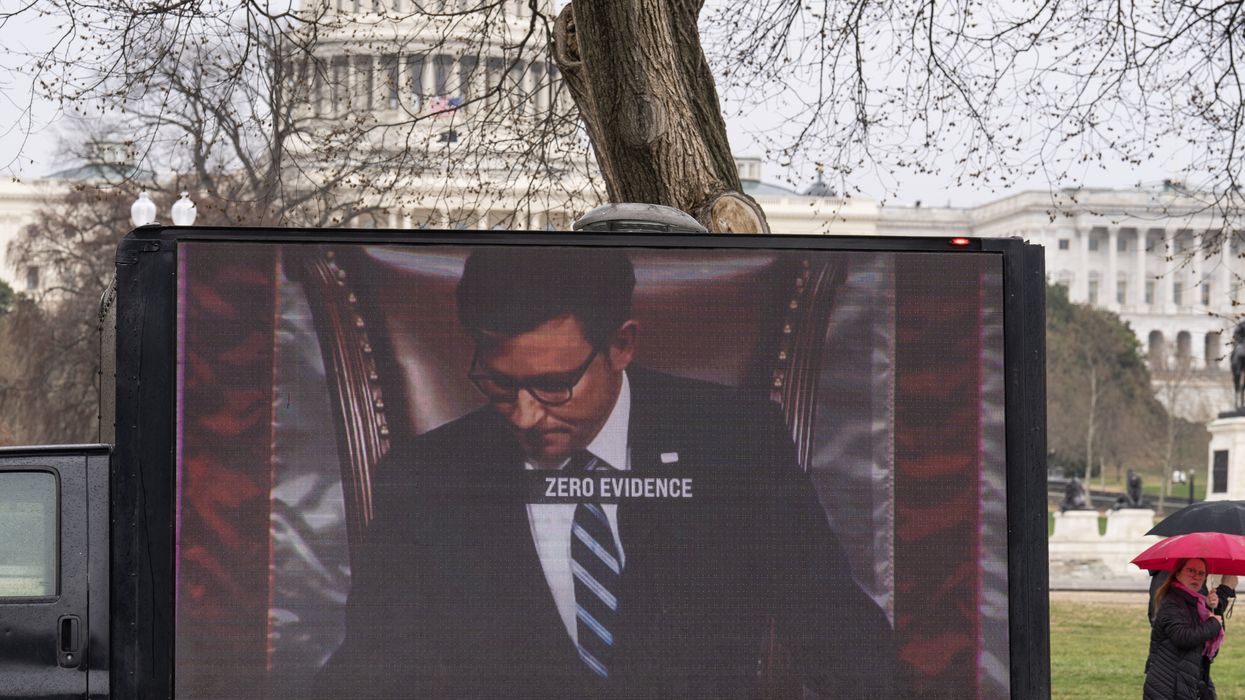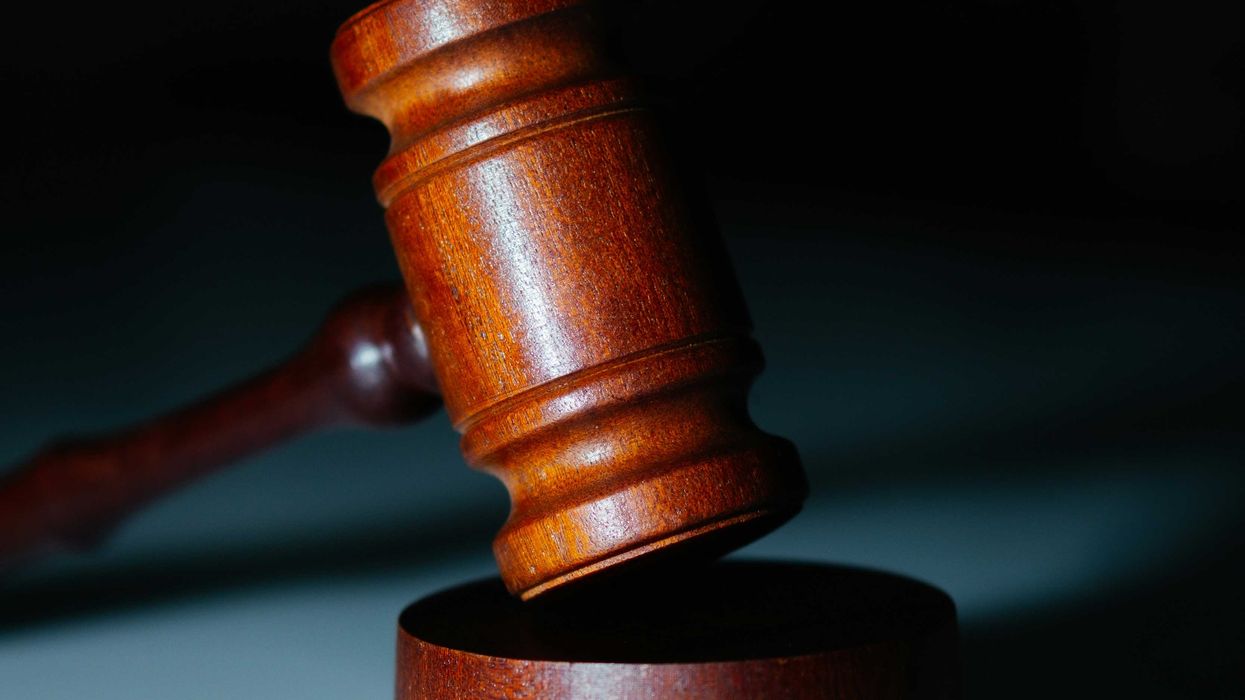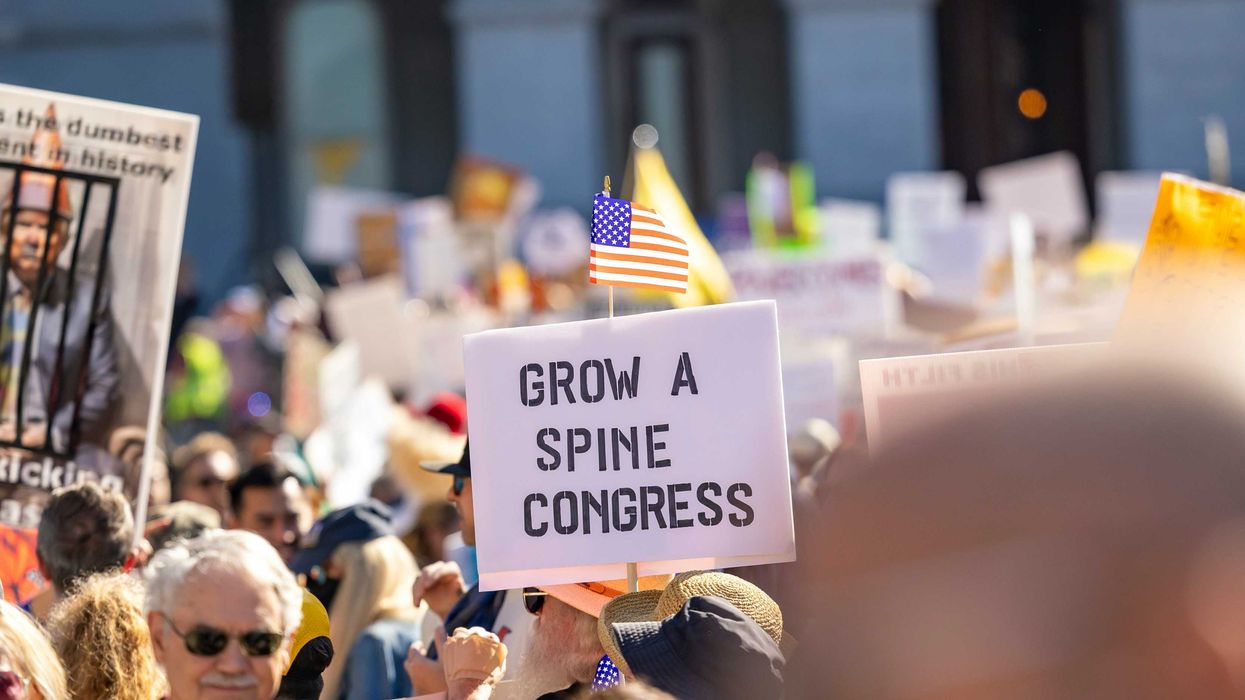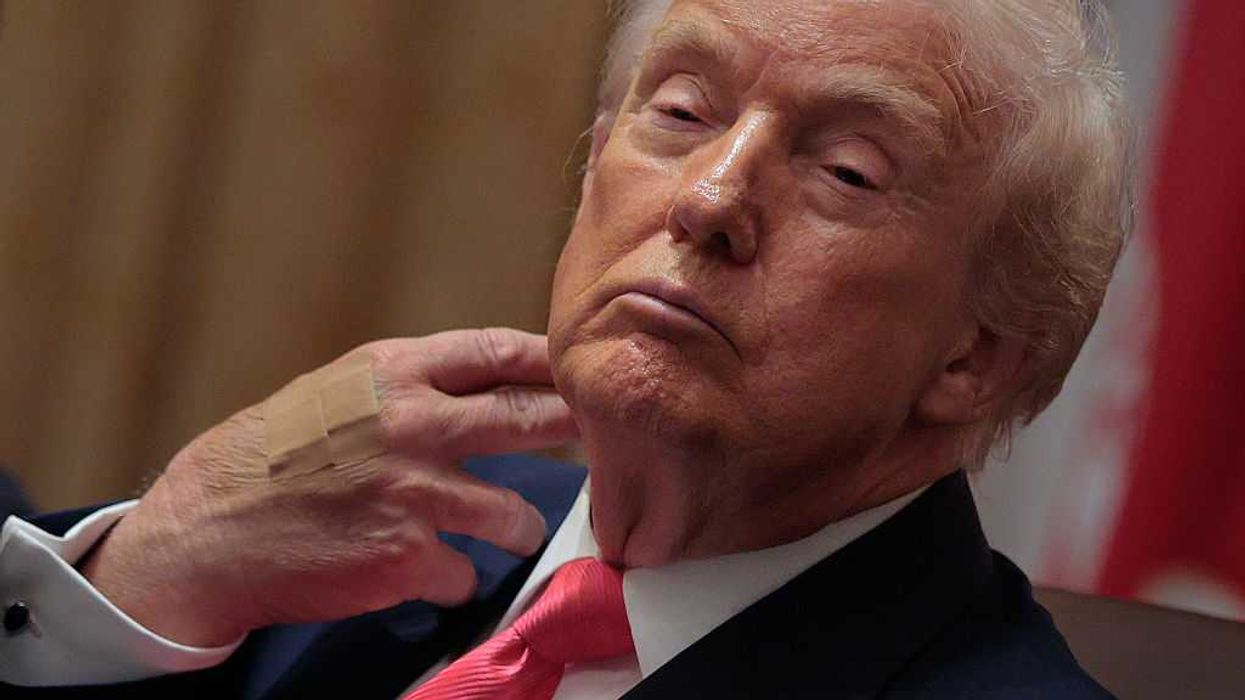Downey is a graduate student at Northwestern's Medill School of Journalism
For 211 years, only one president had been impeached. But three of the last five presidents have been impeached or faced impeachment inquiries, and just this month a Cabinet secretary was impeached for the first time since 1876. While a powerful constitutional weapon when wielded correctly, the impeachment blade is becoming dull thanks to overuse, according to some political experts.
“We adjust to these things and something seems less serious if it happens on a regular basis,” said Lee Drutman, senior fellow in the political reform program at the nonpartisan think tank New America.
And the past few months have been a whirlwind of impeachment activity.
In a 214-213 vote, the House on Feb. 13 impeached Homeland Security Secretary Alejandro Mayorkas over his handling of the border. This vote came one week after House Republicans’ initial effort to impeach Mayorkas failed. President Joe Biden condemned Republicans
after the vote while Senate Democrats called the impeachment a “ sham,” and have considered not even holding a trial, which would be required to remove Mayorkas from office.
Biden has also faced impeachment threats from House Republicans. In December 2023, the House approved a formal impeachment inquiry into the president’s connection to his son Hunter Biden’s business dealings. Biden dismissed the investigation as a “baseless political stunt.”
The Founding Fathers intended impeachment to be a tool to prevent the abuse of power. Yet, as differences between the two major political parties have grown, impeachment has played a starring role in Washington’s political theater. Now, some say the very tool created to check the abuse and misuse of power has been abused itself.
The framers intentionally designed impeachment to deter Congress from even pursuing the process, according to Brian Kalt, a constitutional law scholar at Michigan State University. The process itself enforced the seriousness of the charge and members of Congress recognized its weight, too. “For the first 200 years or so, they wouldn't pursue impeachment unless they knew that they had at least a good shot at a conviction,” Kalt told Medill News Service.
But a Senate conviction is harder to achieve than a successful impeachment vote in the House.
“The key to the design of impeachment is that the Constitution requires only a simple majority in the House of Representatives to impeach, while the bar is considerably higher – a two-thirds supermajority in the Senate – to convict,” Kalt wrote in Lawfare.
At the time of President Andrew Johnson’s impeachment in 1868, the opposition party made up two-thirds of the Senate, meaning the likelihood of a conviction was particularly high. Even though the Senate was not successful in convicting Johnson, the impeachment in the House “definitely succeeded in tamping down on the conduct that he was engaged in that made [Congress] want to impeach him,” Kalt said.
Impeachment’s accountability effect held true when President Richard Nixon resigned to avoid impeachment. Unlike today’s partisan-driven impeachments, Nixon’s behavior was recognized by members of both parties as wrong, said Barbara Perry, director of presidential studies at the University of Virginia’s Miller Center.
“Republicans in the House and the Senate were in the minority, but they went to Nixon and said: ‘You don't have our support, what you have done is so wrong we can't support you,’” Perry said.
The Republicans’ willingness to convict their own president during the Watergate era symbolized a time in Washington when partisanship did not outweigh justice, according to Perry.
“You had people who cared about our country and knew that Nixon had done unconstitutional and illegal things and was bordering on the kind of behavior of a dictator, or at least an authoritarian,” Perry said.
By 1998 the era of“politicized and partisan” impeachments had taken off, according to Perry, leading to the impeachment of President Bill Clinton – which Perry said was justified.
“Clinton committed perjury about his womanizing and about his relationship with Monica Lewinsky. So the fact of the matter is that there was every reason to impeach him and convict him,” Perry said.
According to Maria Echaveste, policy and program development director at the University of California, Berkeley School of Law and deputy chief of staff in the Clinton administration, the impeachment was not as obvious to members of the president’s staff.
“I think it’s a close call, but one could argue that the Republicans’ decision to impeach Clinton [was] on what I would consider to be a private matter,” Echaveste said. “The reason it's a close question is because he lied.”
Republicans had swept the 1994 midterm election, setting the stage for a successful impeachment. But 17 Democratic senators would have needed to cross party lines to convict the president, and that did not happen.
Clinton’s impeachment kicked off what Kalt coined the “Age of Futile Impeachments” – party-line votes in the House that were doomed to failure in the Senate. In 1998 and again in the most recent impeachments, the House brought up impeachment charges even when “it was clear before the final vote was taken in the Senate that the president would be acquitted,” Kalt said.
During former President Donald Trump’s first impeachment in 2019, Sen. Mitt Romney (R-Utah) voted with Democrats to convict the president. He was the lone Republican to do so. In 2021, when Trump was impeached a second time for trying to overturn the 2020 presidential election results, seven Republicans voted with Democrats to convict him.
Acquitted by the Senate both times, Trump remained undeterred by the threat of impeachment.
When “you’re not even close to getting convicted, you don’t have to make any concessions to avoid getting convicted,” Kalt said. “Trump, after the first impeachment, was not chastened by that, he was emboldened by that. And same with the second one. I mean he’s still the leader of the party, and likely nominee.”
As impeachment has become “increasingly weaponized for narrow political reasons,” it has produced a “doom loop dynamic” over the last few years where impeaching presidents has become ordinary or expected, Drutman said.
“A lot of Republicans feel like Democrats unfairly tried to impeach Trump so now they’re trying to retaliate for that and it’s just become seen as something that you are supposed to do,” Drutman said. “When one side does something you think, ‘Well, our side should do it too.’”
And now Republicans control the House and may follow up the Mayorkas impeachment with a Biden impeachment. Both would face certain failure in a Senate trial.
Many top constitutional scholars have denounced the Mayorkas impeachment efforts as nothing more than a policy dispute, labeling the impeachment “utterly unjustified as a matter of constitutional law.”
This month’s revelations that an FBI informant had been charged with fabricating information about the Bidens’ involvement in a bribery scheme may complicate House Republicans’ effort to win an impeachment vote.
While House Republicans may not see either of their impeachment efforts result in a conviction, they will not be dissuaded from pursuing more impeachments in the future. As Kalt described it, “It's kind of like the dog barking at the squirrel. As long as the squirrel’s on the other side of the door, it's just barking, nothing is going to happen.”




















 Despite signing a mortgage that pledged he would live in each house, Trump listed both homes as rentals. Palm Beach Daily News via Newspapers.com. Redactions by ProPublica.
Despite signing a mortgage that pledged he would live in each house, Trump listed both homes as rentals. Palm Beach Daily News via Newspapers.com. Redactions by ProPublica.
 In 1993, Trump signed a mortgage for a “Bermuda style” home in Palm Beach, pledging that it would be his principal residence. Just seven weeks later, he got another mortgage for a seven-bedroom, marble-floored neighboring property and attested that it too would be his principal residence. Obtained by ProPublica
In 1993, Trump signed a mortgage for a “Bermuda style” home in Palm Beach, pledging that it would be his principal residence. Just seven weeks later, he got another mortgage for a seven-bedroom, marble-floored neighboring property and attested that it too would be his principal residence. Obtained by ProPublica
